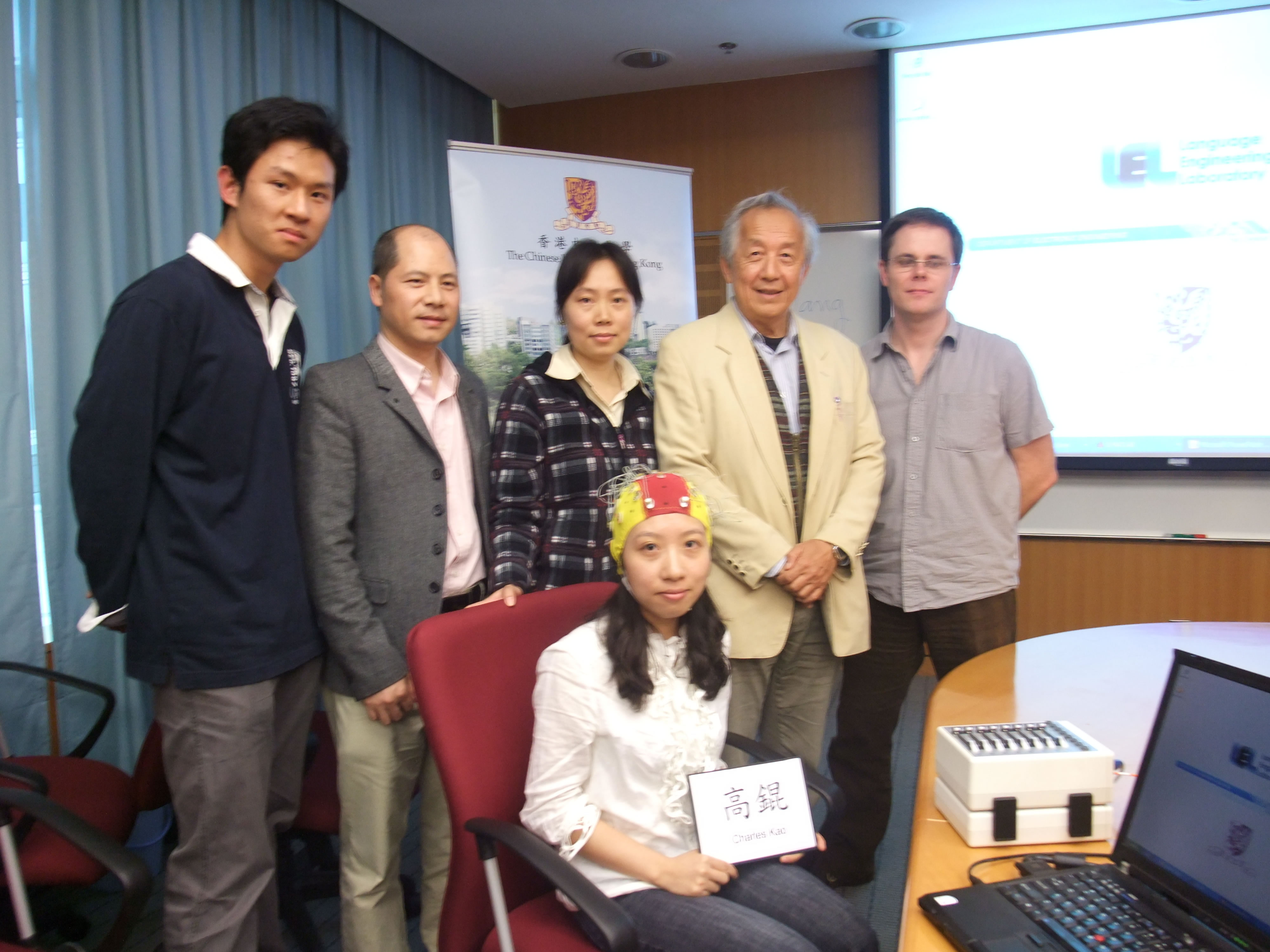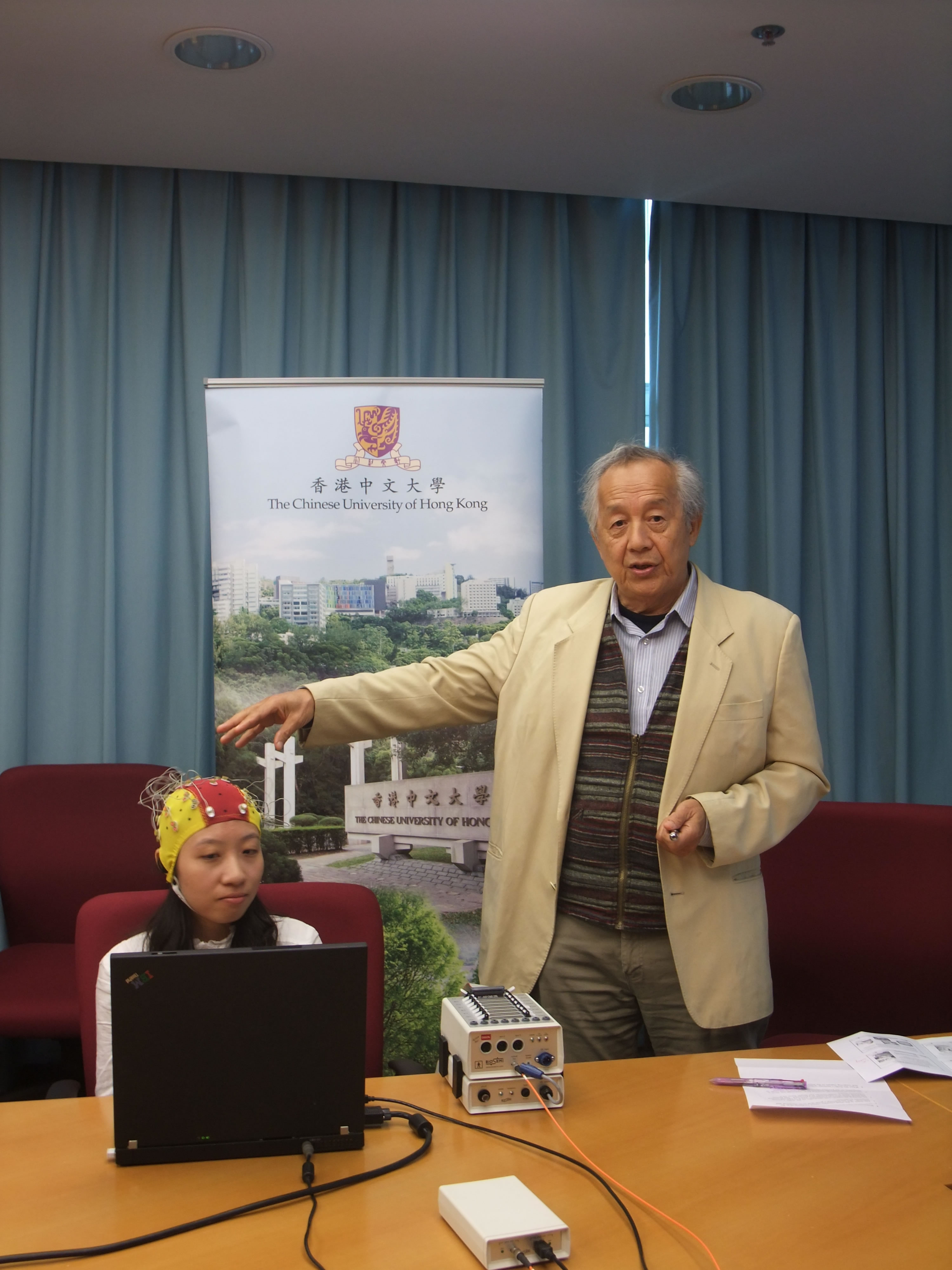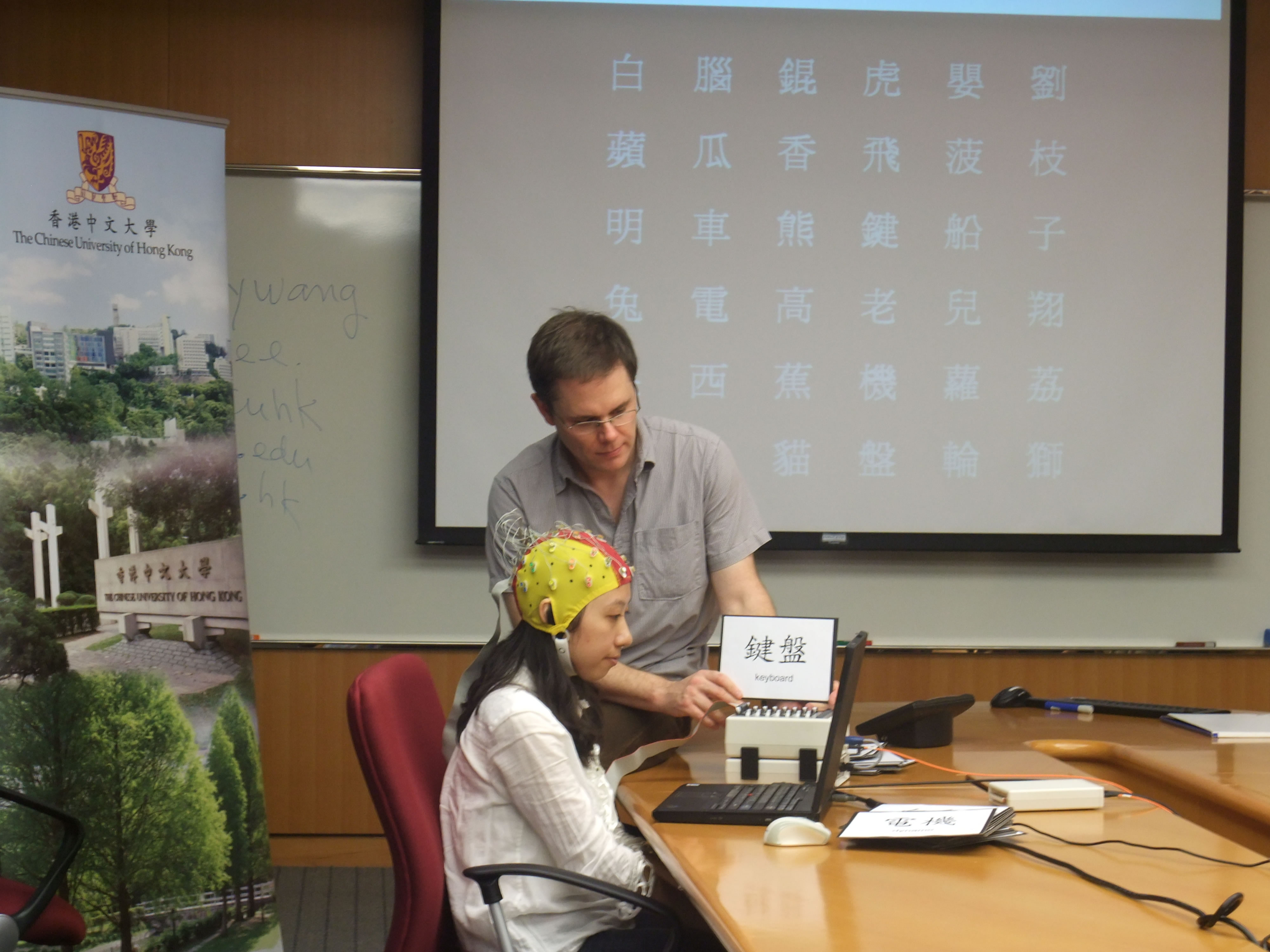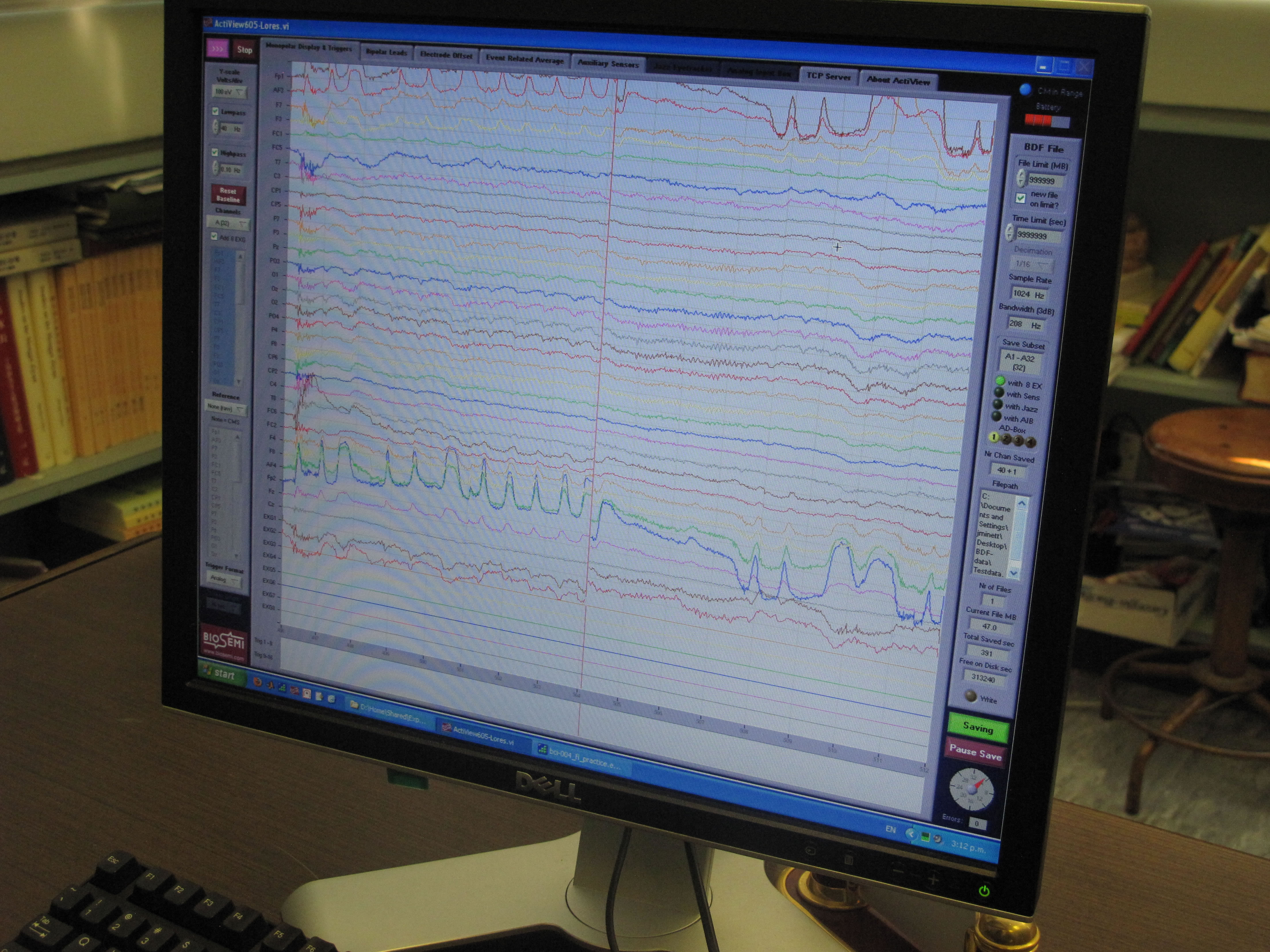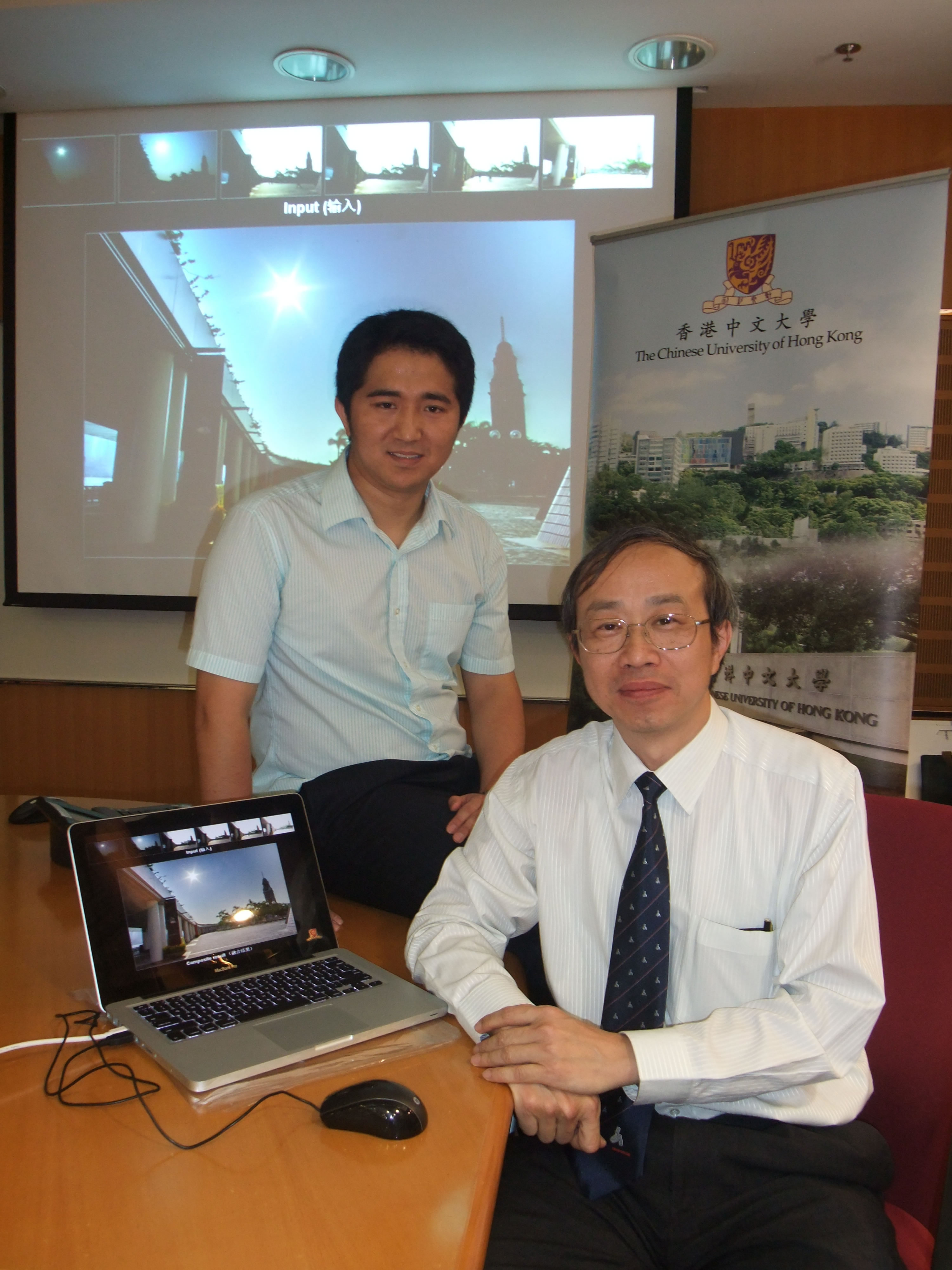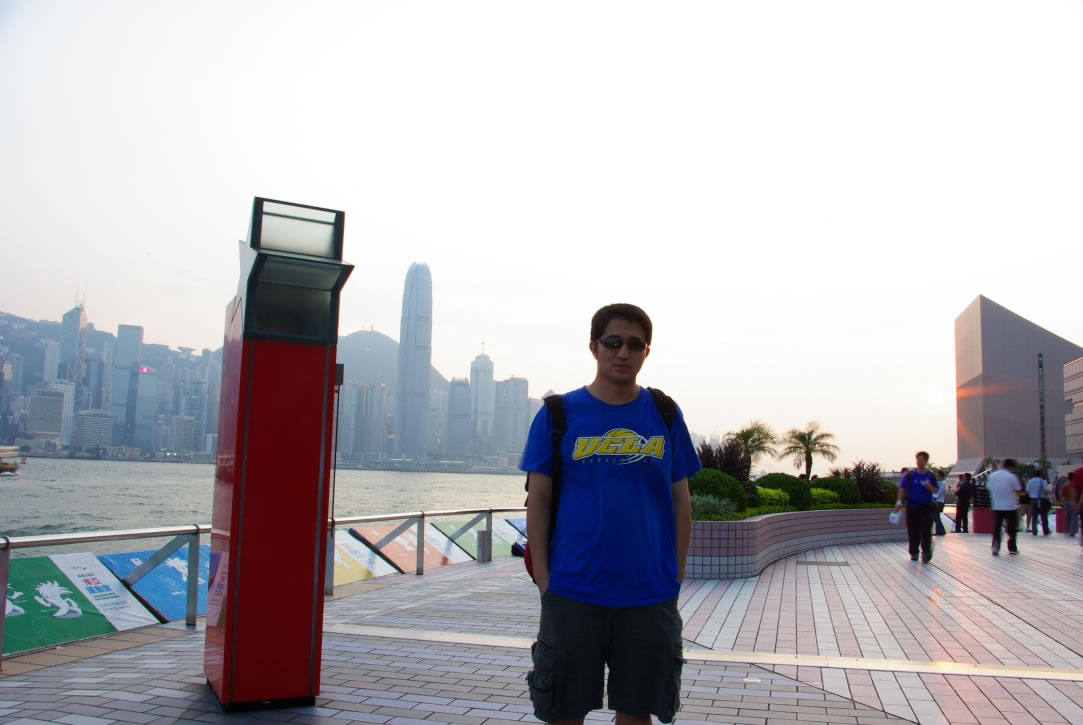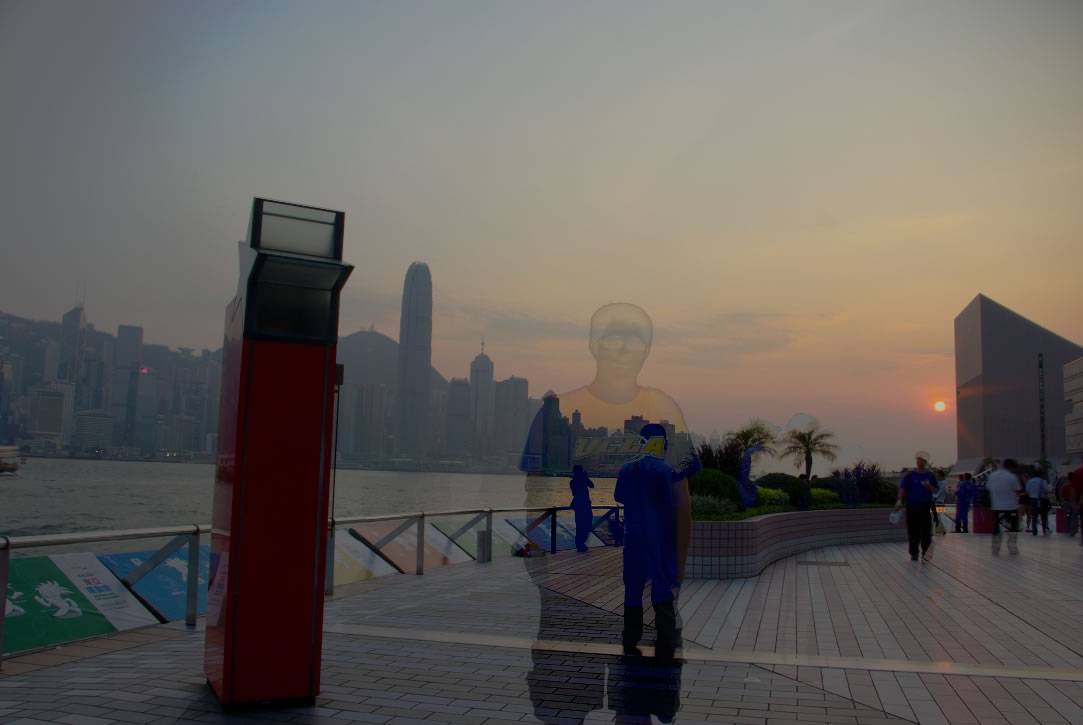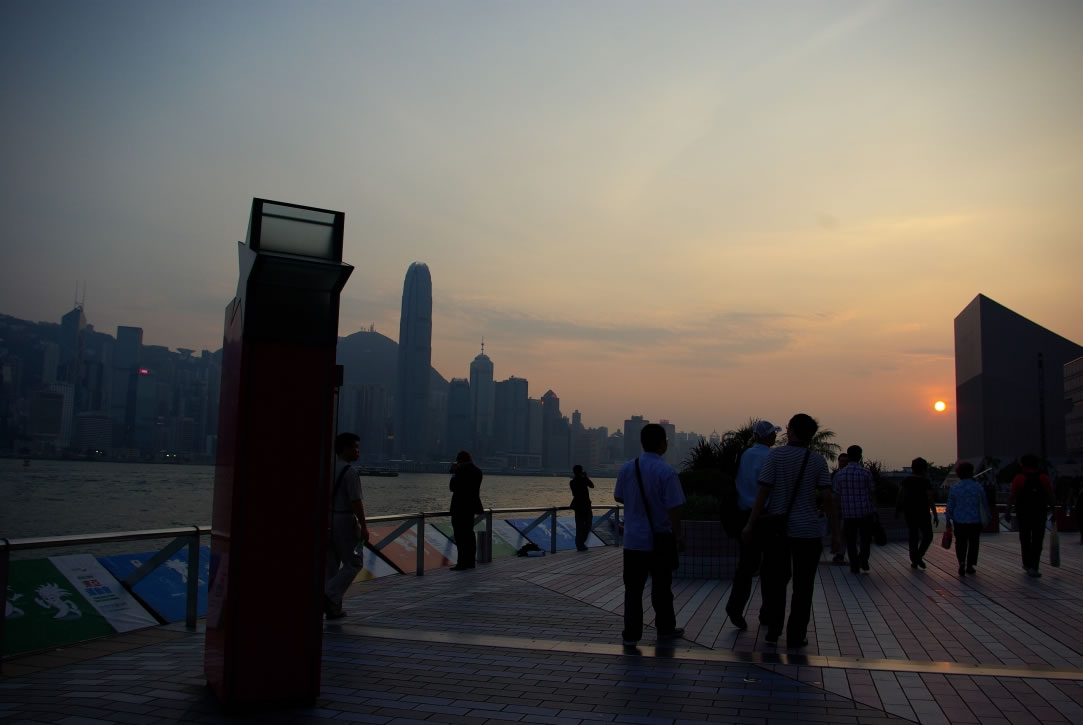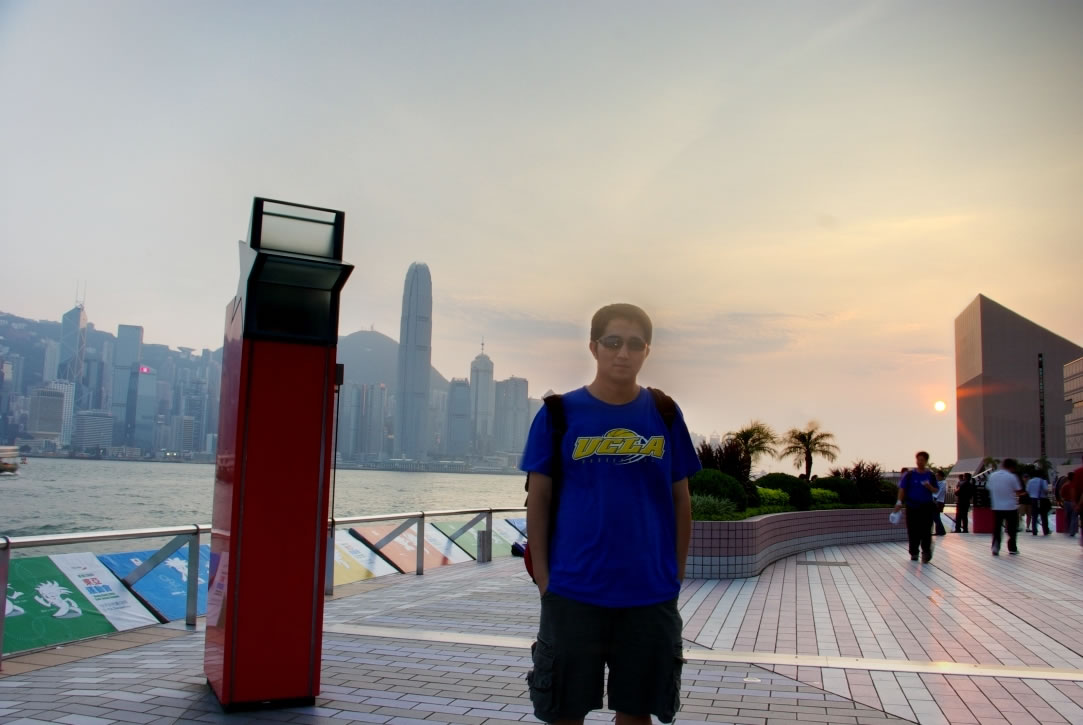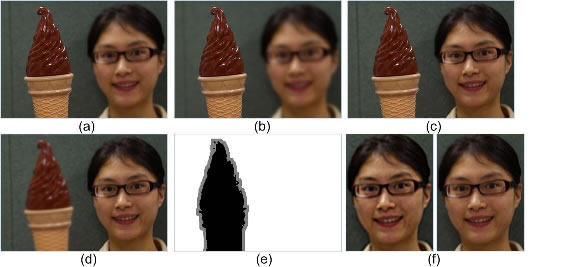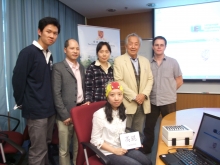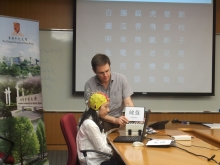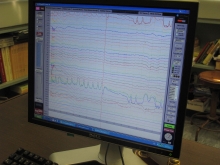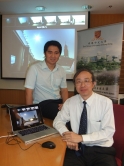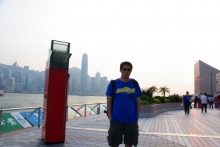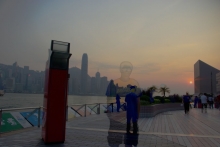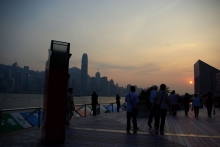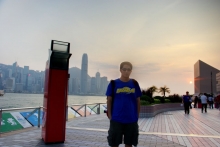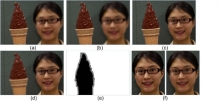CUHK
News Centre
CUHK Showcases First Ever Brain-Computer Interface for Chinese Character Input at Hi-Tech Fair
The Chinese University of Hong Kong (CUHK) will take part in China Hi-Tech Fair (CHTF), the largest and most influential exhibition on high technologies in China, from 16 to 21 November at the Shenzhen Convention and ExhibitionCenter. This is the seventh year that the University has participated in the fair. A total of 20 CUHK technological innovations will be exhibited, including the following three inventions.
Brain–Computer Interface for Chinese Character Input
A substantial minority in our society suffer from paralysis, which prevents them from communicating with others. There are various types of Brain–Computer Interface (BCI) to assist them to write text on a computer by measuring their brain waves. Currently, there is no such device for inputting Chinese characters. This is a problem for individuals whose native language is Chinese.
A research team led by Prof. William Wang Shi-yuan, Wei Lun Research Professor in the Department of Electronic Engineering at CUHK, has developed a prototype assistive communication BCI system called the P300 Chinese Speller. This system targets literate Chinese individuals who retain consciousness and cognitive function, but lack the voluntary control of muscle movement necessary to speak, write, or use sign language. The system allows users to write traditional Chinese characters on a computer using a new coding scheme, giving them the freedom to express their needs and feelings. Additional future applications are anticipated, including operation of household appliances (e.g. BCI-operated lighting, and air conditioning) and entertainment (e.g. BCI-enhanced software and games).
Professor Wang, a world-renowned linguist, served as Professor of Linguistics at the University of California in Berkeley from 1966 to 1994. In 1973, he founded the Journal of Chinese Linguistics, the first international academic publication in the field. He joined CUHK in 2004, and is currently an academician of the Academia Sinica in Taipei, and an honorary professor of Peking University. Among other honours, he has been awarded fellowships from the Center for Advanced Study in the Behavioral Sciences of Stanford University, the Guggenheim Foundation in New York, and the International Institute of Advanced Studies in Kyoto.
Gradient-directed Composition of Multi-exposure Images
Neither over-exposure nor under-exposure is good for a photograph. Although current image-correction tools provide multi-exposure composition technique, it is time-consuming and the outcome is less than ideal. Prof. Cham Wai-kuen, Professor in the Department of Electronic Engineering, and his student Dr. ZhangWeiaim at producing good-looking, well-exposed images by compositing a stack of photos at different exposures taken with a conventional camera. Gradient information is utilized in the proposed technique to accomplish direct exposure composition in both static and dynamic scenes. If the exposure stack is captured in static scenes, the goal is to preserve all present details and make them visible in one image. If the stack is captured in dynamic scenes containing moving objects, there are two goals. Besides preserving details, the influence of moving objects needs to be removed. Compared to conventional high dynamic range (HDR) imaging methods, this technique is more appealing to the public since it is more efficient, easier to use, and the outcome of the retouched photo is also greatly enhanced. It was awarded the third prize at the IEEE HK Chapter of Signal Processing Postgraduate Forum 2010.
Single Image Focus Editing
Prof. Cham and Dr. Zhang have also invented a complete postprocessing-based focus editing system that can handle the tasks of focus map estimation, image refocusing and defocusing. This system can help overcome the optical limitations and create different kinds of novel photos with desired focus setting from an imperfect photo. In other words, one can use an image containing a focused foreground object and a defocused background object to create three different new results: (1) First, the technique can be used to increase the defocus effect of the background to further highlight the focused foreground, like portrait photography; (2) Second, it can be used to refocus the defocused background to generate a plausible all-focused image; (3) Third, the highlight of the input image can also be changed by defocusing the original focused foreground on the synthesized all-focused result.
The 12th China Hi-Tech Fair
Date: 16-21 November 2010 (Tuesday to Sunday)
Time: 9:00 am to 5:00 pm
Venue: Shenzhen Convention and Exhibition Center, Fuhua Third Road, Futian District, Shenzhen(CUHK booth no.: 8G17)
Transport: After arriving at the Lok Ma Chau MTR station, enter Shenzhen via the Futian border. Take the Shenzhen metro to the Convention and Exhibition Center station.
Website: http://www.chtf.com/
Prof. William Wang Shi-yuan (second from right, back row) and his research team, including Dr. James Minett, Research Associate, Department of Electronic Engineering, CUHK (first from right, back row)
The gradient-directed composition of multi-exposure images technology succeeds in producing a good-looking, well-exposed image (right) by compositing a stack of photos at different exposures taken with a conventional camera (the six photos on the left). Besides preserving details, the influence of moving objects can also be removed
(a)The original image, with a focused foreground and a defocused background (b) The defocus effect of the background is increased to further highlight the focused foreground, like portrait photography (c) An all-focused image (d) The foreground is defocused and the background focused (e) Focus map estimation (f) The image on the left is a focused effect done by a current image-correction tool. The right one is done by the single image focus editing techology developed by CUHK


